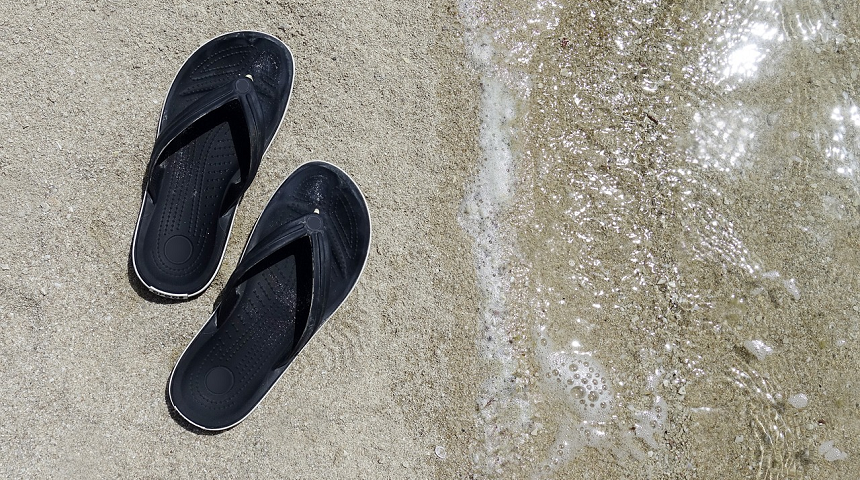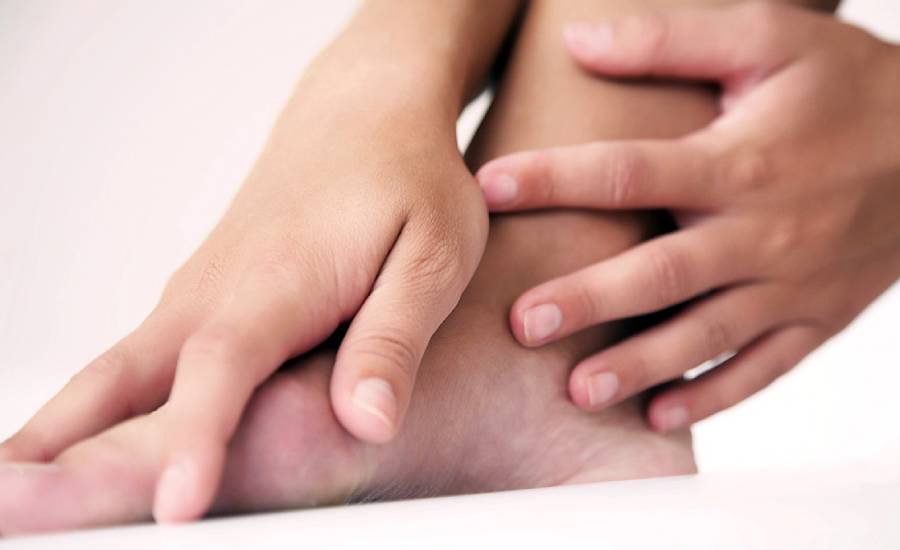The Harm In Wearing Flip Flops On A Constant Basis

6 How to Find the Best Podiatrist in Houston
October 29, 2021
Can High Heels damage your feet?
December 3, 2021We fully understand the appeal in wearing flip flops. They’re a very easy type of shoe to put on and slip off. Your feet feel free without a restrictive shoe to encase them in. They may go great with some outfits that you own. You also might find the wind to feel good against your feet as you wear them. Flip flops are very unique shoes to say the least.
The best foot doctor Houston says you can wear flip flops on occasion, such as for a day at the beach every now and then, but we advise against wearing them on a constant basis. Here are three reasons to limit how much time you wear your flip flops.
Toes Can Wear Their Muscles Out
Flip flops are made of a very simple, yet limited construction in which there is just a lone band of rubber or fabric that keeps your foot bound to the footwear. In other words, flip flops are very loose and this is often a problem for feet. To make up for the lack of control, the toes try to work harder by working to grip the sole of the flip flop. As you walk, your toes can start to hurt and with continued use, you may experience tendonitis thanks to continued actions in your toe muscles. If not treated, this can cause harm to your tendons that require lots of time and care to undo.
Other Body Parts Can Become Sore
Aside from your feet and toes, wearing flip flops can also affect other areas of your body, namely ankles, hips, and your back. Since flip flops are loose, you need to change how you walk, and while you might not notice this change, your body can give you quite the reminder. As a way to keep their flip flops on their feet, wearers tend to take smaller steps to reduce the risk of them falling off. Some might even drag their flip flops and take steps with their heels first to allow physics to keep the footwear on the foot. A change in your walk cycle can certainly affect your natural balance in a negative way, which can result in pain in your back, legs, and more.
Flip Flops Can Change The Shape Of Your Feet For The Worse
Flip flops are flat, flimsy shoes that don’t have close to the support necessary to keep feet in good condition. Your feet will hurt solely on this lack of support, but it will mostly affect the plantar fascia, the muscle responsible for forming your foot’s arch. Should you wear flip flops on an ongoing basis, you can develop plantar fasciitis, which can cause your foot to lose this arch and flatten. Flat feet, in most cases, can lead to additional pain and can prevent you from fitting well into other pairs of shoes.
Additionally, you can also experience changes to your toes, known as a condition called hammertoe. The joint that connects your toe contracts and bends to toe abnormally, and your toe gradually shifts out of place over a period of time. Hammertoe can aggravate bunions or cause new bunions to form.
Summary
Flip flops are an easygoing and free shoe option, but they should not be worn more than occasionally for many reasons. This footwear is loose, lacks support, and isn’t suitable for keeping feet intact. Wearing flip flops daily can lead to foot conditions such as plantar fasciitis, hammertoe, tendonitis, and sore back, ankles, and other joints.



